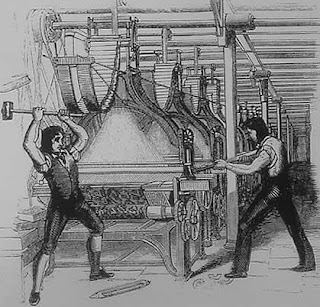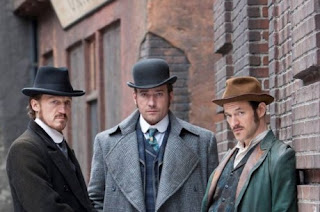This past weekend a writer friend of mine was on my side of the country and our lovely visit reminded me of things I’d not thought of in some time. My love of antique stores, for example. The kind where you look around and see, amid poor Victorian reproductions and 20th century pretense, pieces that take your breath.
When I walk into the furniture section of an antiques store, I like to pause at the entrance and scan the room. I look at the pieces jammed together, lining the walls, shoved into a corner. This one is heavy and clunky and the proportions are not quite right. That one looks like one good wind will dissolve the glue that holds it together. But that one, that plain one there in the shadow. The proportions catch your eye, and when you move closer, you can see the wood is fine grained, and it’s not flimsy anywhere. If there’s carving, that work wasn’t done by machine.
There are a few dings and but the hardware is right. When you check the drawers to see how the pieces are joined, there’s a certain scent. It’s not a sharp odor, because that would suggest the piece has been recently refinished. It’s wood and dust and oil and time and there’s really no faking it.
In favorite antique store of mine some years ago, a chest of drawers caught my eye. It wasn’t my usual Georgian-era piece, but the shape was good and the hardware, though dirty, was obviously original and etched in with a egret pattern that suggested some care had been taken in the decoration. The wood was dry, dry, dry. The drawers had a veneer inset of a patterned wood and that was also not in great shape. I’ve never been fond of veneers. It had a marble top that looked dull. But the scent was there and the proportions were good.
I turned my back on it, because, after all, with the wood looking that poorly, would I want such a dessicated, battered chest of drawers in my house? My firm rule has always been that I would only buy something that, should I discover it was fake, or not what I’d thought or had been told, I would still like it. I looked around the store and I kept coming back to that chest of drawers that was practically in distress. And it wasn’t even made in my favorite period!
Against my better judgment, I bought the thing. It wasn’t terribly expensive, and I took it home and in the brighter light, the condition of the wood made my heart sink. My small apartment could not hide a chest of drawers that looked like someone had left someplace inhospitable for far too long.
What could I do but buy a bottle of furniture oil, brass cleaner, and marble cleaner and go to work?
And you know what? After the second bottle of oil, the veneer insets started to glow and so did the rest of the piece. Marble polish works, by the way. When I was done, I put the chest of drawers right in what was an extended entryway where you couldn’t miss it. It was too beautiful not to show off.
Until this weekend I’d somehow forgotten how much I love wandering through an antique store. I love being around items that were new in an era when women wore Empire gowns or crinolines and men still starched their neckcloths. Naturally, I manage to slip right over all the things that aren’t quite so romantic.
I always end up imagining a historical hero or heroine might have just such a thing as a collection of salt spoons. Or I am reminded of just how pretty an emerald is. Perhaps that stern man in the painting is my heroine’s uncle….
I need to start making the rounds of antique stores again.







